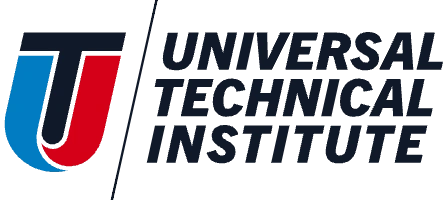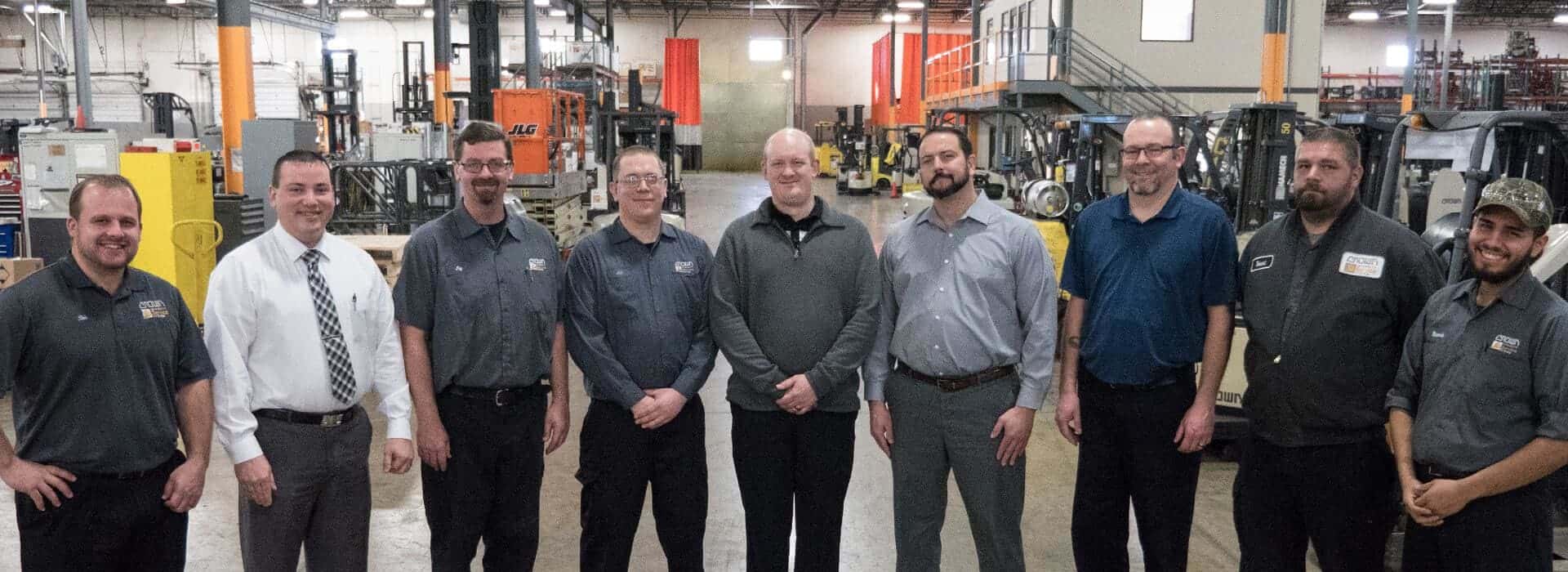SeAH Steel’s Experience With Hiring UTI Graduates
"The technology is ever-changing and that’s the good thing about the NDT industry. Learn the practicality of it, learn the technical side...and apply it with your hands on it."
"Day-to-day operations are ensuring that when we’re making our product, it’s meeting all specifications and the quality that our customers need."
Creating products that customers can trust is crucial to any reputable business. And for so many industries, that can’t happen without non-destructive testing (NDT).
Matthew Morgan, a manager at SeAH Steel, knows a thing or two about NDT. With his experience, he is now training new employees at his company, and he’s turned to us to help do so. With the hiring of a UTI graduate going well, he’s looking to UTI to continue to help with his hiring needs.1 Learn more about the industry and what employers look for in a technician below!
Understanding Non-Destructive Testing (NDT)
Non-destructive testing (NDT) is a highly technical industry. Serving as a troubleshooting tool, NDT helps ensure products meet strict instruction guidelines and are safe for end use.
"It’s a part of an inspection criteria that you’re checking for a defect to make sure that defect isn’t going to cause a problem," says Matthew.
When defects are found, it's essential that inspectors can interpret what the defect is, why it's there, and any potential issues it could cause.
Upholding Strict Inspection Standards
"Inspection on our material is very strict here at SeAH Steel,” explains Matthew. “We’re looking for very stringent guidelines to ensure the integrity of our welds."
Customers demand products that can withstand their field of use, and SeAH's inspection techniques protect and guarantee that quality. When it comes to hiring, SeAH looks for one main criteria:
"We need employees with a deep-seated technical background," he says.
One such successful hire was a graduate of UTI’s Advanced Non-Destructive Testing Technician program, Alfredo Uribe. You can watch his story on our YouTube channel. SeAH Steel hired him when he started school and watched him grow as he neared graduation.
His journey at school saw him develop over the courses, learning theory, using equipment and understanding how to interpret defects.
“As he started, we would cover his shift and make sure he can get to class, get the knowledge that he needed,” Matthew shares. “As he continued to progress on the courses, I started noticing that he had less questions on the practicality of why we were objecting material. He did great and I look forward to hopefully getting more grads from UTI as well.”
The Importance of a Solid Foundation in NDT Training
"It’s about the foundation," emphasizes Matthew.
Learning the technical aspects, the theory, and the methods of why NDT is important is key. Applying that knowledge to the field makes all the difference.
"Alfredo did a great job and I would recommend (UTI) to anybody in this industry," he says.
The Constant Change of NDT
"Every day is different, it’s ever-changing, and that’s the great thing about NDT," Matthew responded when asked about his favorite part of the industry.
In NDT, just when you think you've learned it all, you find out that there's more to discover. Every pipe, every weld inspected brings something new. For someone wanting a career in the NDT industry, Matthew advises you to do your research and get your training.
"Learn the technical aspects, theory, practicality, and the math behind why machines tell you what they do is crucial. Then, getting into the field and applying it hands-on is the next step,” says Matthew.
To learn more about our NDT training, head to our program page.

